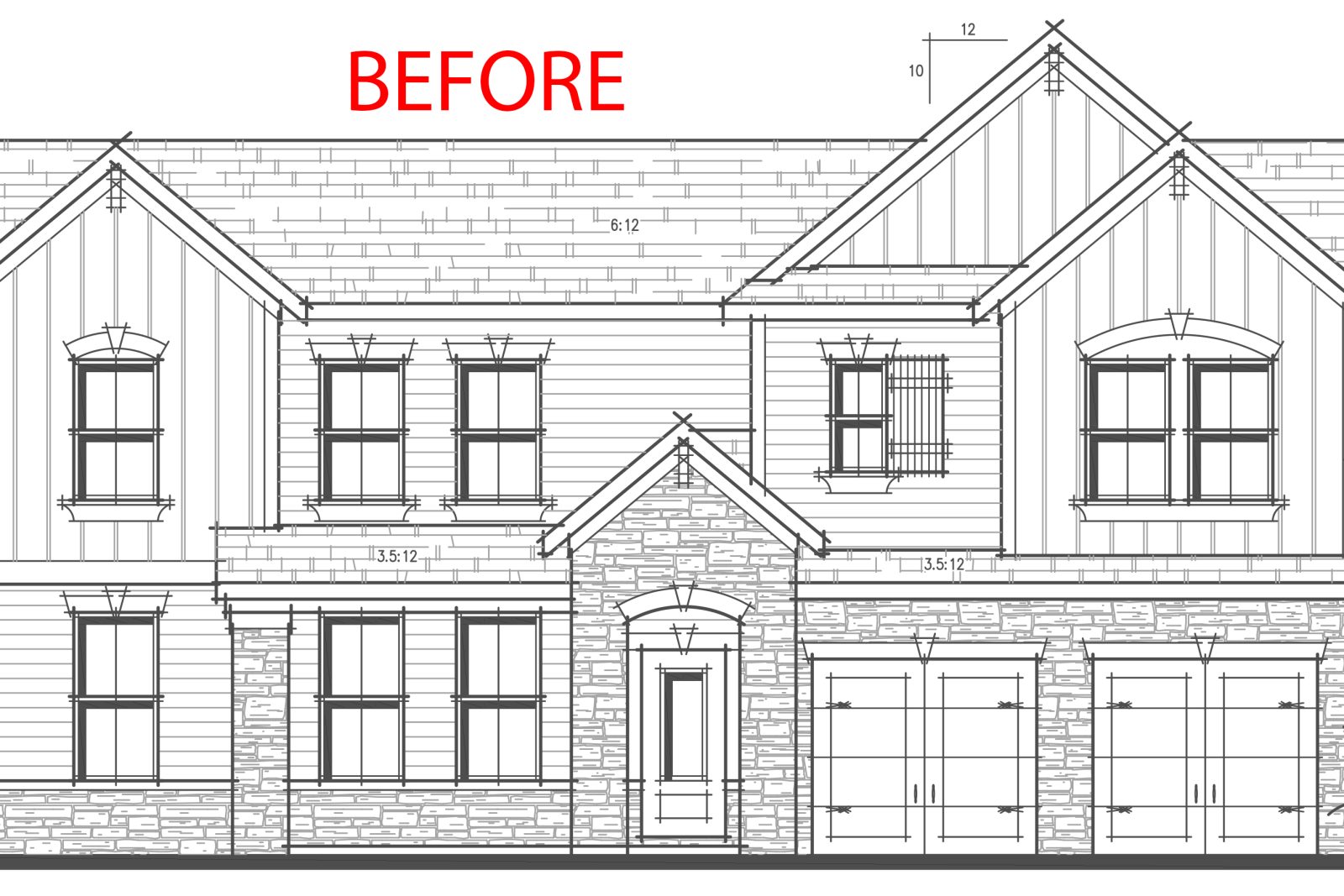Occasionally, we’re asked to take a client’s existing floor plan and add a new elevation or two. One request came in as – “Can you put some lipstick on this pig?”
Sometimes it’s just the an elevation issue – not enough windows or just needs a front porch to soften the front and be more pedestrian-friendly.
But often times, it’s the floor plan creating the issue, like the “bonus” rooms over the garage in the nineties. The room was worked into the truss with a beefed-up bottom cord and a heel. If the house had a 10’ plate the ceiling above the garage would be dropped to 8’ to carve out some usable space. They originally started as attic storage but quickly grew into an extra room.
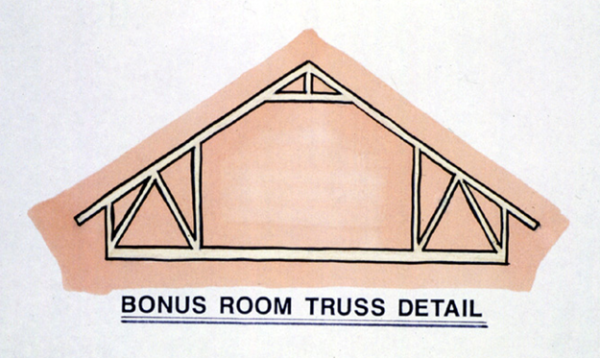
Now consider that this two story garage is forward of the house. Sorry – no amount of “lip stick” will save that elevation. We have a floor plan problem.
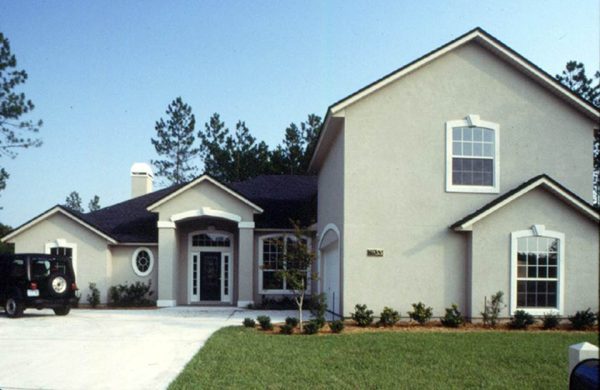
How about an elevation with little or no windows? It may be a floor plan issue because of a staircase or the back side of a kitchen or bathroom. If you want to fix the elevation, you have to redesign the floor plan.
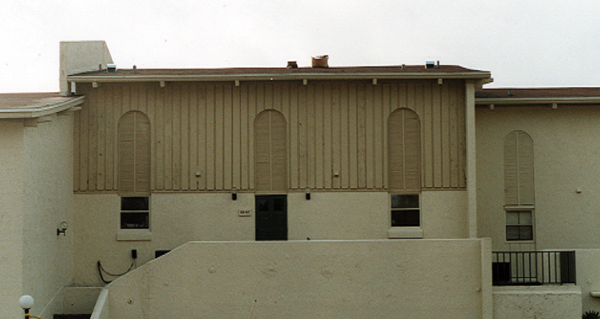
Recently, we had a project that was a challenge to make the elevation look good. You guessed it – it was a floor plan problem. The game room over the garage was the issue. And because it was on the end of the house, the house had become lopsided. The solution was a floor plan fix to add more mass to the center of the home.
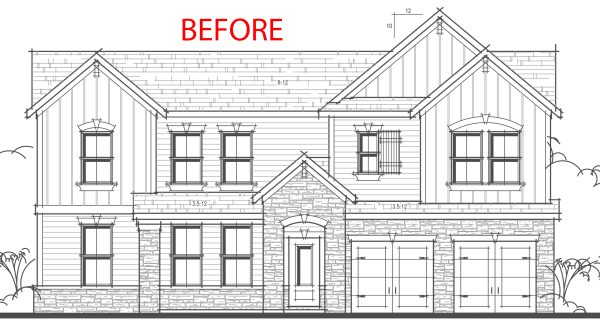
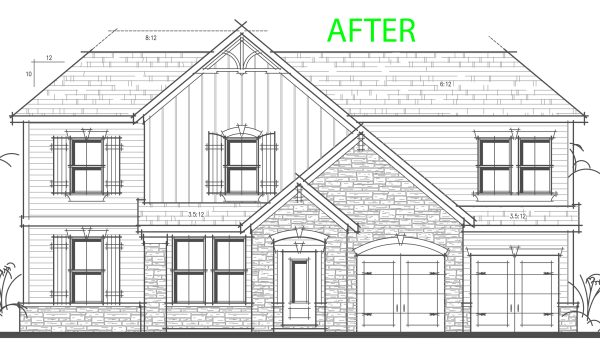
And then there’s the big forehead garage. This pops its ugly head up (pun intended) when the garage gets dropped below the finish floor of the house. This is most often a problem when the house was designed for a flat lot and has a two-story garage face.
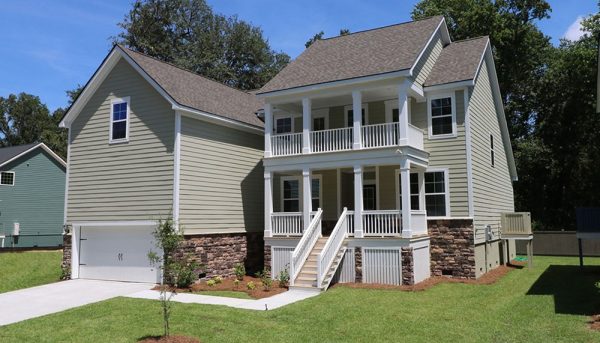
If the garage elevation drop is only 30”, then we can use a taller garage door and add a shed roof over the garage door.
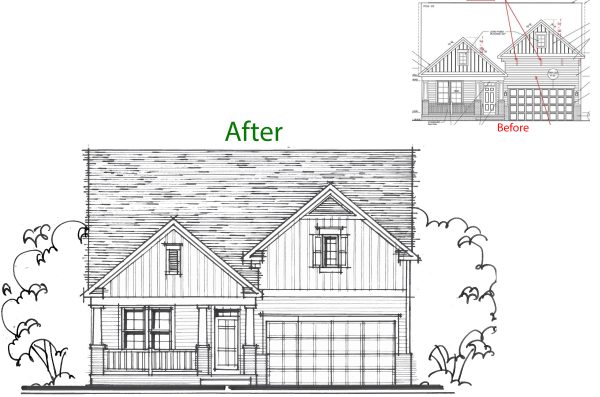
If there is a potential for more than a 3’ drop, I would recommend not stacking the second floor over the garage wall. Or perhaps utilizing a wall dormer and a shed roof.
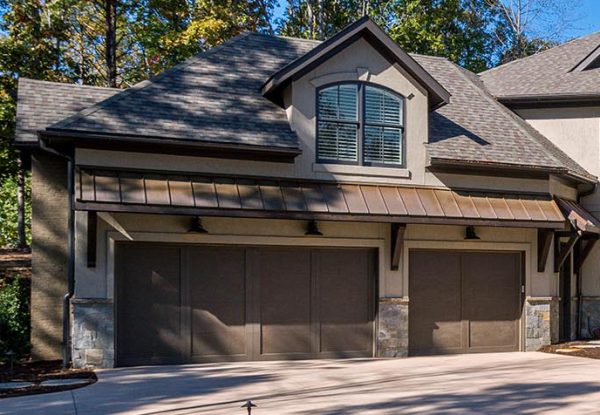
Many designers, especially in the product home market, focus on floor plans first – then move on to elevations. Beware – just because the floor plan is approved doesn’t necessarily make it an approved house. The elevation design process may require you to go back to the drawing board on the floor plan. After all, a house should be as beautiful as it is functional!
Categorized in: Uncategorized
This post was written by Housing Design Matters


